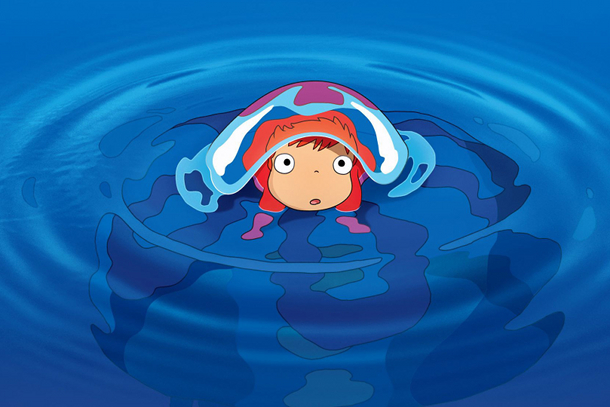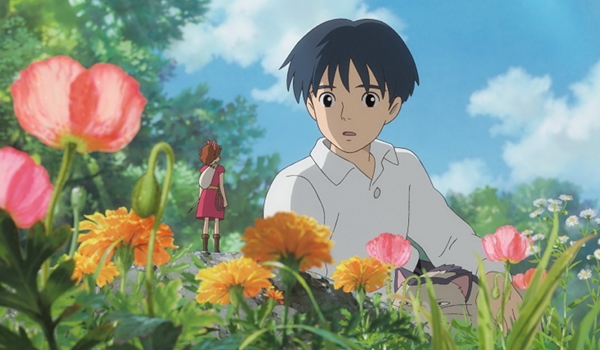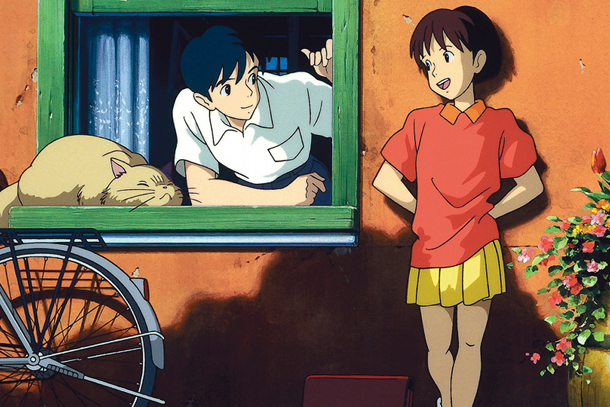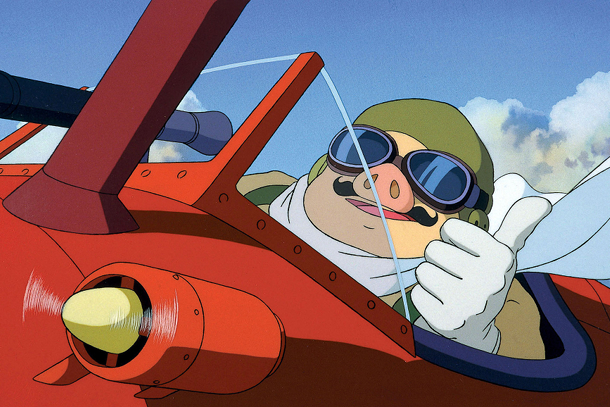
TIFF’s Spirited Away: The Films of Studio Ghibli Review: Ponyo (2008)
There’s no justice in a review of Ponyo without a little bit of gushing. I suppose I am biased in my opinions when it comes to Studio Ghibli films, but in equal terms I want to see fit that they get a healthy amount of praise for their uniqueness and universal appeal. I believe that director Hayao Miyazaki is one of the best animation directors out there. What he creates are some of the most beautiful collections of imagery within the anime industry and this makes him ever provocative when it comes to the competitive global animation market. As co-owner of the infamous small Japanese film studio, his creative output is easily recognisable and revered as some of the most original and stylised feature animations. Miyazaki was previously an Oscar winner for Best Animated Feature with Spirited Away (2001) and his follow up film was a similarly appraised fantasy based Howl’s Moving Castle (2004). After these he seemed to take a bit of a career step back and he took a very different turn in narrative set compared to what viewers were perhaps expecting to follow his critically acclaimed successes.










